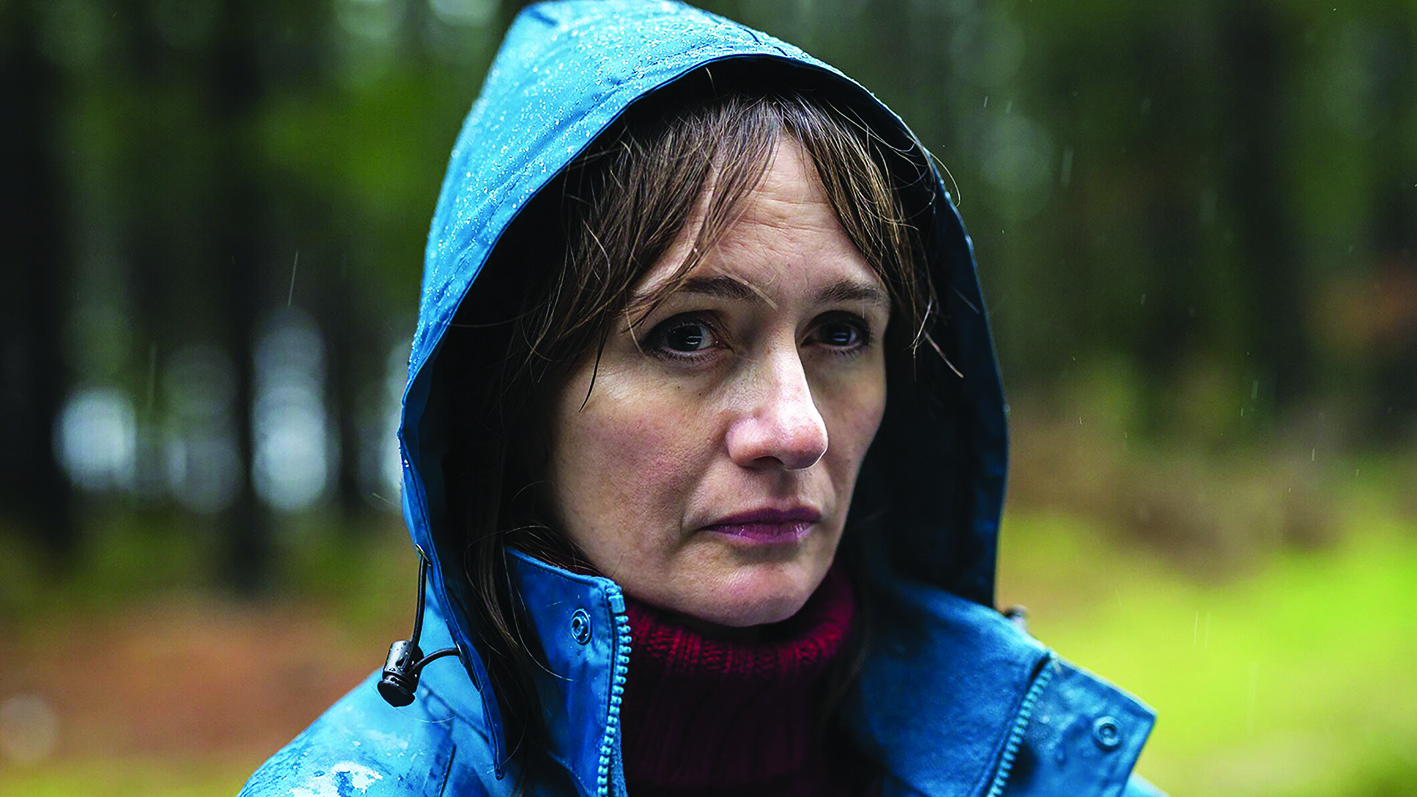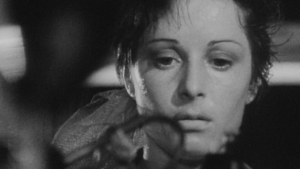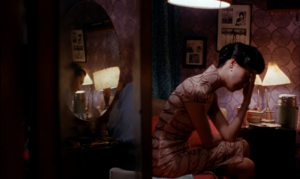Back in March, when pandemic lockdowns first hit Australia, we all hoped cinemas would be open again by mid year. Surely the COVID-19 crisis could not drag on too long. Yet here we are – at the time of writing – in the middle of Melbourne’s second lockdown, with no end in sight. Just a few weeks after gingerly opening sanitised doors, cinemas were shut again. Other states have been luckier, but ongoing social-distancing restrictions and a lack of tentpole crowd-pleasers from Hollywood mean that nobody’s going back to the movies in quite the way they used to – not for a very long time.
This prolonged crisis is devastating for theatrical exhibitors, and we can expect some businesses to fold as a result. Hibernating and bearing costs for six weeks of shutdown is one thing, but a year of uncertainty and poor takings is another. As Palace Cinemas CEO Benjamin Zeccola told The Australian Financial Review in July, ‘It doesn’t work and there’s no simple solution while there is coronavirus and there’s a fear of people getting sick. We are down for the count for the time being.’ Zeccola also predicted that it would take years for cinemas to recover.
The whole landscape of international distribution and exhibition has also shifted, morphed and collapsed, like a field full of sinkholes. Schedules continue to change daily, with the big studios pushing back the releases of stupendously expensive blockbusters like James Bond film No Time to Die (Cary Joji Fukunaga) and superhero outings Black Widow (Cate Shortland) and Wonder Woman 1984 (Patty Jenkins) time and time again. (At the time of writing, all three are scheduled to show in cinemas before the end of this year, but nobody smart would bet on it.)
Those Australian cinemas that have been able to operate during this time have adapted to the crisis in creative ways. Drive-ins are having a big moment, both here and around the world, with their capacity to offer a communal viewing experience from the safe bubble of a family car. Kriv Stenders’ documentary Brock: Over the Top, about the titular legendary Australian racing-car driver, found a fitting premiere this way.
Programmers at cinema chains have also focused on proven nostalgic favourites and been richly rewarded, with films like Shrek (Andrew Adamson & Vicky Jenson, 2001), Dirty Dancing (Emile Ardolino, 1987) and The Princess Bride (Rob Reiner, 1987) making shock returns to the Australian box office’s top-twenty list decades after their first release. Repertory cinemas have always understood this appeal, but pandemic programming has broadened it: mainstream audiences are adjusting to the idea that new films are not the only films worth leaving the house for.
Releasing Australian movies in cinemas is notoriously challenging at the best of times, with the ever-rolling deluge of competing English-language product – especially from the US and UK – having been a constant problem over the years. The coronavirus crisis has thrown up not only new problems but also new opportunities, as the lack of other films coming down the pipeline theoretically gives ours a bit of air to breathe. Leigh Whannell’s thriller The Invisible Man has been one such beneficiary, doing well in cinemas for more than twenty weeks, with a cumulative Australian box-office return of more than A$8 million.
Shifting a film’s release to a purely online venue has been the strategy pursued by psychological horror film Relic. Natalie Erika James’ debut feature premiered to acclaim at Sundance in January when we could still leave the house, and local distributor Umbrella had planned to release it in cinemas. Instead, it was acquired as a Stan Original, going straight to streaming in July, buoyed by good box-office news from its limited release in the preceding weeks in the US – which was kicked off, interestingly, by an exclusive first week in drive-in cinemas. Other films navigating their way to online releases have included Dean Murphy’s The Very Excellent Mr. Dundee (17 July, through Amazon) and Unjoo Moon’s I Am Woman (28 August, through Stan), while a number of other high-profile Australian films, including Jeremy Sims’ Rams, Stephen Maxwell Johnson’s High Ground and Robert Connolly’s The Dry, are still prepping for local release.
Previously, a straight-to-streaming release would have been seen as a failure, and excluded a film from prestigious awards entry (including the Oscars and the AACTA Awards). The pandemic has changed these rules, quite literally, with new eligibility criteria announced to accommodate the times and the need for streaming.
It would be foolish to declare physical cinemas dead or dying just yet, and we wish them a long and vibrant life. But in the US, the UK and Australia, cinema attendance has been flat for the last fifteen years, with the only real growth coming from ticket inflation. Moving Australian films online is a survival strategy – and one, it seems, we were heading towards anyway.





